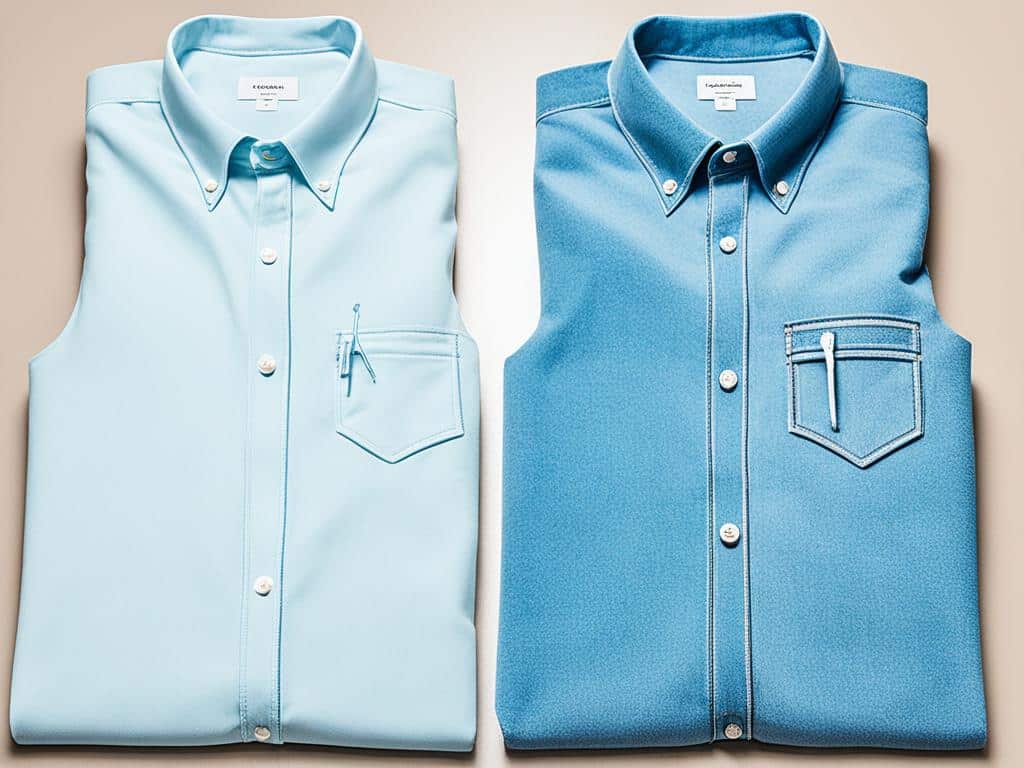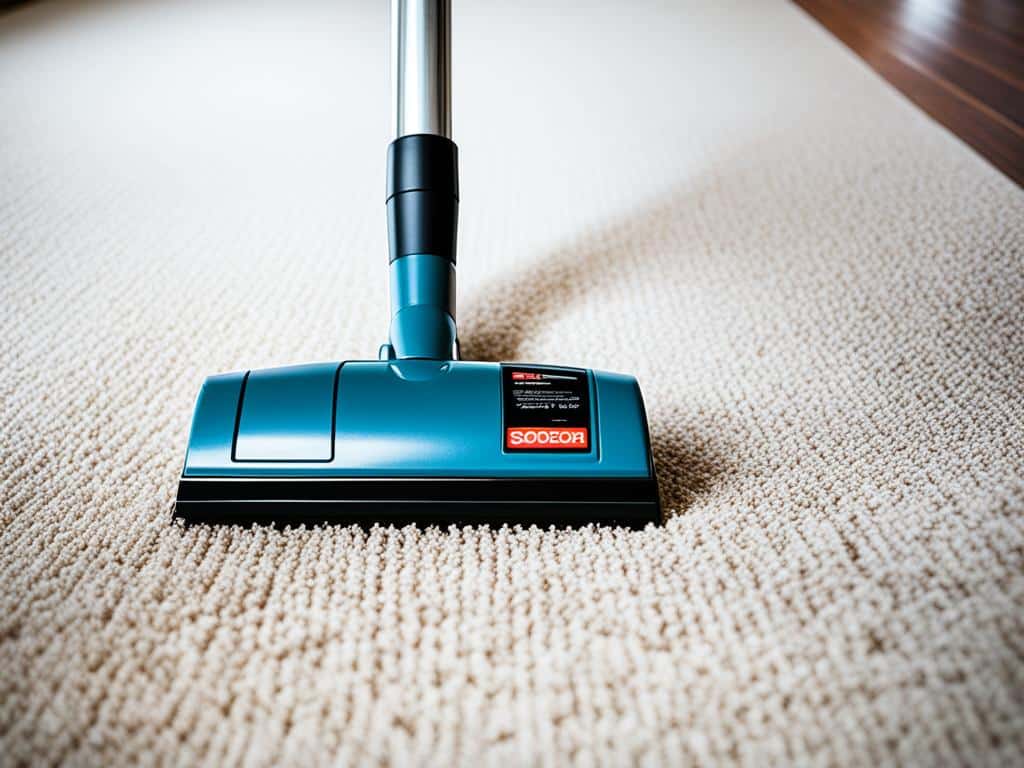
Have you ever wondered if your clothes might shrink when you take them to the dry cleaners? This is a common concern among many people when considering professional cleaning.
Dry cleaning is a widely used methods-for-kids-toys/” title=”How To Clean Squishies: Safe Methods for Kids' Toys “>method for garment care and clothing preservation, especially for pieces too delicate for a standard washing machine cycle. Understanding the factors involved, like fabric type, cleaning chemicals, and applied heat, can put your worries to rest.
Real-life examples suggest that, when done correctly, dry cleaning should not shrink clothes. Curious about why or how? Let’s dive deeper into textile maintenance and professional cleaning to put your mind at ease.
How Dry Cleaning Works
Dry cleaning isn’t about soaking clothes in water. Instead, it uses a solvent cleaning process. This non-aqueous cleaning method relies heavily on chemicals like perchloroethylene to gently treat and clean garments.
Clothes are placed in dry cleaning machines where they go through a solvent bath. This solvent effectively removes soils and stains without using water. The absence of water protects delicate fibers from potential damage.
After the solvent cleaning phase, the solvent gets distilled and recycled, ensuring a cleaner, eco-friendly process. The garments are then dried using controlled heat, which further helps prevent shrinking, discoloration, and texture changes.
Factors That Cause Shrinkage
Fabric shrinkage can complicate your dry cleaning experience. Let’s explore the key factors leading to garment shrinkage.
Fabric Types
Certain fabrics are more prone to shrinkage. Natural fibers like wool, silk, and cotton tend to shrink more than synthetic materials like polyester and nylon. Wool shrinkage is a common concern due to its delicate nature. Proper silk care is also vital, as this fabric can react unpredictably during cleaning.
Cleaning Chemicals
The dry cleaning solvents used can impact your clothes differently. Some garments may experience a negative garment reaction to these chemicals, leading to shrinkage. Chemical sensitivity varies with each fabric, so it’s essential that dry cleaning solvents are compatible with the specific material.
Heat and Drying
Excessive heat is another factor that causes shrinkage. The drying process involves temperature control to avoid heat sensitivity issues. Even with careful temperature control, mistakes can happen during the drying process, resulting in unintentional shrinkage.
Does Dry Cleaning Shrink Clothes
When done right, dry cleaning shouldn’t normally result in shrinkage. The process used in professional garment care is designed to maintain your clothes’ size and shape. However, there are exceptions due to improper techniques or mistakes.
Seeking a reliable and experienced dry cleaner is essential. Clothing damage prevention is a key concern, and a reputable professional will handle your clothes correctly, minimizing any risks. Choosing the right cleaner helps reduce shrinkage concerns and ensures that your garments stay in their best condition.

Errors in the cleaning process, such as using incorrect techniques or faulty equipment, can lead to shrinking. Always communicate clearly with your professional cleaner about any specific garment care requirements to help prevent such issues. Careful management and expertise in professional garment care are crucial to maintaining the integrity of your wardrobe.
Tips to Prevent Shrinkage in Dry Cleaning
Navigating the world of dry cleaning can be daunting, but you can take steps to prevent garment shrinkage. Follow these tips to ensure your clothes stay in pristine condition.
Reading Care Labels
Care labels on your garments are your best friend. They provide garment instructions that are crucial for maintaining the item’s original size and shape. Spend a moment understanding care symbols and follow the recommended cleaning methods. Proper label understanding can make all the difference in preventing shrinkage.
Communicating With Your Cleaner
Effective garment care communication is key. Always inform your dry cleaner of any special requirements your garments may have. Make sure to share the history of any shrinkage issues and specific dry cleaner instructions mentioned on the labels. This dialogue helps ensure your cleaner uses the correct process.
Choosing the Right Cleaner
Not all dry cleaners have the same level of garment care expertise. When selecting a dry cleaner, research and read reviews to find a trustworthy cleaning service. Experienced and reliable cleaners are less likely to make errors that could shrink your clothes.
By carefully reading care labels, communicating with your cleaner, and choosing the right service, you can significantly reduce the risk of shrinkage. Your due diligence ensures your clothes remain as good as new, proving that informed choices lead to better garment care.
Alternatives to Dry Cleaning
Looking for alternatives to traditional dry cleaning? There are eco-friendly cleaning methods available that can be gentle on your garments and the environment. Let’s explore some options.
Professional Wet Cleaning
Professional wet cleaning uses water-based cleaning methods with sophisticated technologies and non-toxic detergents. This gentle garment treatment is an excellent choice if you’re concerned about chemical exposure. It’s as effective as dry cleaning but kinder to both fabrics and the environment.
Home Care Options
For at-home garment care, consider hand washing or using your washing machine’s delicate cycle. These methods allow you to control the cleaning conditions, providing a gentler treatment for your fabrics. Using the right detergents designed for delicate cycles can help prevent shrinkage and maintain the quality of your clothes.
Here’s a comparison of these techniques:
| Method | Benefits | Drawbacks |
|---|---|---|
| Professional Wet Cleaning | Eco-friendly, gentle on fabrics | May be costlier than at-home methods |
| Hand Washing | Control over cleaning conditions | Time-consuming |
| Delicate Cycle | Convenient, good for most fabrics | Requires careful detergent selection |
Conclusion
Maintaining garment integrity through dry cleaning starts with understanding the process. When done correctly, dry cleaning shouldn’t shrink your clothes. Instead, it helps preserve their original condition.
Informed dry cleaning decisions are crucial. Communicate effectively with your cleaner about any concerns or specific garment needs. This dialogue ensures your clothes receive the best possible care.
Wardrobe care isn’t just about dry cleaning; it’s about making smart choices. Know your fabric, follow care labels, and consider alternative cleaning methods when appropriate. These steps help extend the life of your favorite pieces.



